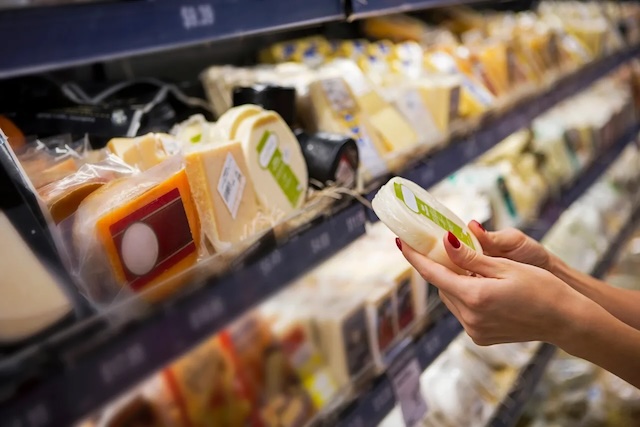Packaging is often considered the “last 10 seconds of marketing” and is a critical decision for product managers and marketers, as it can significantly impact a product’s success.
Far more than just a wrapper or box, the packaging is the first tangible point of contact between the customer and the product. It is an essential marketing tool for the product, communicating brand messaging and product benefits to customers.
Strategic packaging design can drive sales by promoting the product’s value proposition. It can communicate the product’s unique features and benefits, compelling customers to purchase. It can also incorporate promotions, offers, and calls to action, providing additional incentives for customers to buy the product.
Packaging is an essential component of each of the 4 Ps of the marketing mix: Product, Price, Place, and Promotion. Let’s look at how packaging is crucial for each of these elements.
Here’s how packaging is crucial for the Product element:
• Communicating Product Information: Packaging is a vital tool for communicating essential product information to customers, such as product features, benefits, and ingredients. Packaging can also display nutritional information, usage instructions, and safety warnings, helping customers make informed purchase decisions.
• Enhancing Product Appeal: Packaging can improve the product’s appeal by providing a visually appealing design and adding tactile elements that resonate with the target customer.
• Differentiating from Competitors: Packaging can differentiate the product from competitors by creating a unique identity that sets it apart in the market. The packaging design should be distinctive and unique, which is possible with even subtle differences in size, shape, or texture.
• Protecting the Product: Packaging is critical for protecting the product from damage during transportation, handling, and storage. The packaging should be designed to keep the product fresh and safe, ensuring customer satisfaction.
Here’s how packaging is crucial for the Price element:
• Impacting Production Costs: Packaging design and material can significantly impact production costs, affecting the overall pricing strategy. Product managers and marketers must carefully consider the balance between packaging design and material costs and how it affects the product’s pricing.
• Affecting Perceived Value: The packaging design and material can influence the product’s perceived value. High-quality packaging materials and attractive design can suggest that the product is of higher quality, allowing product managers to charge a higher price even without redesigning the product itself.
Here’s how packaging is crucial for the Place element:
• Suitable for Distribution Channels: Packaging must be designed to fit the product’s distribution channels. Whether the product is sold in physical retail stores or online marketplaces, the packaging design must be optimized for the specific distribution channels.
• Transport and Storage: Packaging is essential for the product’s transport and storage, ensuring that the product arrives in perfect condition. The packaging design should consider the product’s fragility, size, and weight to ensure safe transportation and storage.
• Brand Image and Visibility: Effective packaging design can improve the product’s competitive position and visibility in the retail environment. The packaging should be visually appealing, drawing customers’ attention and driving sales in the organization’s outlet or that of a reseller.
• Localization: Packaging design can be adapted for different markets, considering cultural differences and language barriers. Product managers and marketers can tailor packaging design to local markets, improving the product’s success in those regions.
• Convenience and Ease of Use: Packaging should be designed to be practical and easy for customers to use and handle. It should be easy to open, store, and dispose of, enhancing the customer’s experience and improving the product’s success.
Here’s how packaging is critical for the Promotion element:
• Promoting Product Benefits: Packaging design can highlight the product’s benefits and features most important to the target customer, influencing customers’ purchase decisions.
• Creating Brand Recognition: Packaging design can build brand recognition, helping customers identify the product in the market. The packaging should incorporate the brand logo, tagline, and messaging, creating a memorable brand identity that resonates with customers.
• Supporting Advertising and Marketing Campaigns: Packaging can support advertising and marketing campaigns by incorporating campaign messaging, promotions, and offers. Packaging design can provide additional incentives to customers. With website or social media links to further engage with the product and brand, it can create a stronger bond and loyalty with the customer.
In summary, packaging is an essential component of each of the 4 Ps of the marketing mix. Strategic packaging can help define the product, optimize placement, promote the product, and impact pricing strategy. Product managers and marketers should consider packaging decisions crucial to their marketing strategy.
Expert resources like Packaging Digest, Packaging World, and Packaging Strategies News can provide valuable insights and trends in packaging design and innovation.
Want more insight on how to leverage your packaging? Contact Gray Global Consulting LLC

